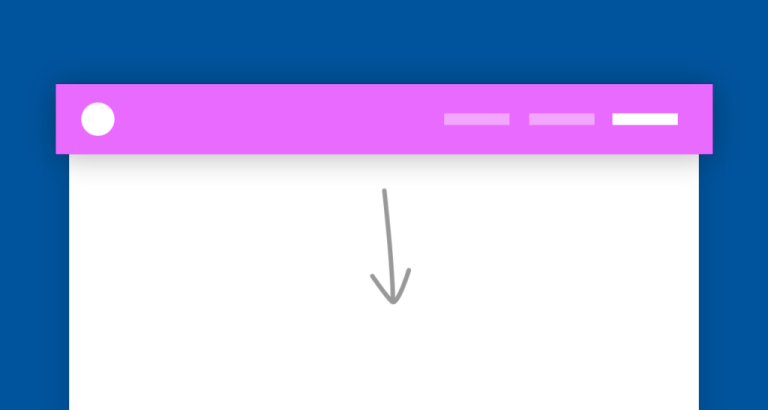In the intricate dance of design, less is often more. This exploration delves into the art of maximizing impact with minimal tools, a skill that separates master designers from the rest. It’s about weaving compelling narratives through simplicity, where every line, shape, and color tells a story. Here, we unlock the secret of how designers create profound experiences using the bare essentials, transforming the complex into the effortlessly understood. Join us in unraveling this delicate balance of efficiency and elegance, where the power of minimalism in design not only captivates but also profoundly connects.
Efficiency in Simplicity:
Designers often focus on visual challenges, attempting to quickly find suitable solutions. However, initial ideas are usually not characterized by simplicity. Designers have the ability to convey a large amount of information to people with minimal means, but it shouldn’t be taken for granted. The idea generation process is most effective when you allow your mind to roam freely and postpone judgments and evaluations for later. Perfection is achieved not when there is nothing more to add but when there is nothing left to take away.
The Iterative Process:
Achieving simplicity requires both deductive and reductive thinking, continually refining ideas to their most effective form. This might mean eliminating unnecessary details in visual design or streamlining steps in product or service workflows.
In the early 1930s, an English technical draftsman (often referred to as the “patron saint of the subway”), Henry Charles Beck, attempted to revise an overly detailed map. He based his efforts on a rather simple theory: the only thing passengers need to know is where to board and where to disembark. They are indifferent to what happens on the surface; they simply want to get from point A to point B.
Impactful Examples:
The redesign of the London Underground map serves as a prime example. By focusing only on essential information, the map became more user-friendly despite losing geographical accuracy. Similarly, Dieter Rams’ minimalist design philosophy at Braun, emphasizing simplicity and utility, significantly influenced contemporary design, including Apple’s aesthetic.
Simplicity’s Market Value:
The Siegel+Gale’s “Simplicity Index” underscores the economic value of simplicity. Brands with simpler user experiences, like Google and Amazon, tend to outperform in the market, suggesting that straightforward and understandable designs can lead to greater customer satisfaction and brand loyalty.
The goal of designers is to craft products that are easy to understand, without leaving users with any lingering questions. Your work can be truly deemed successful when users, during their interaction, express, “I grasp it all.”




